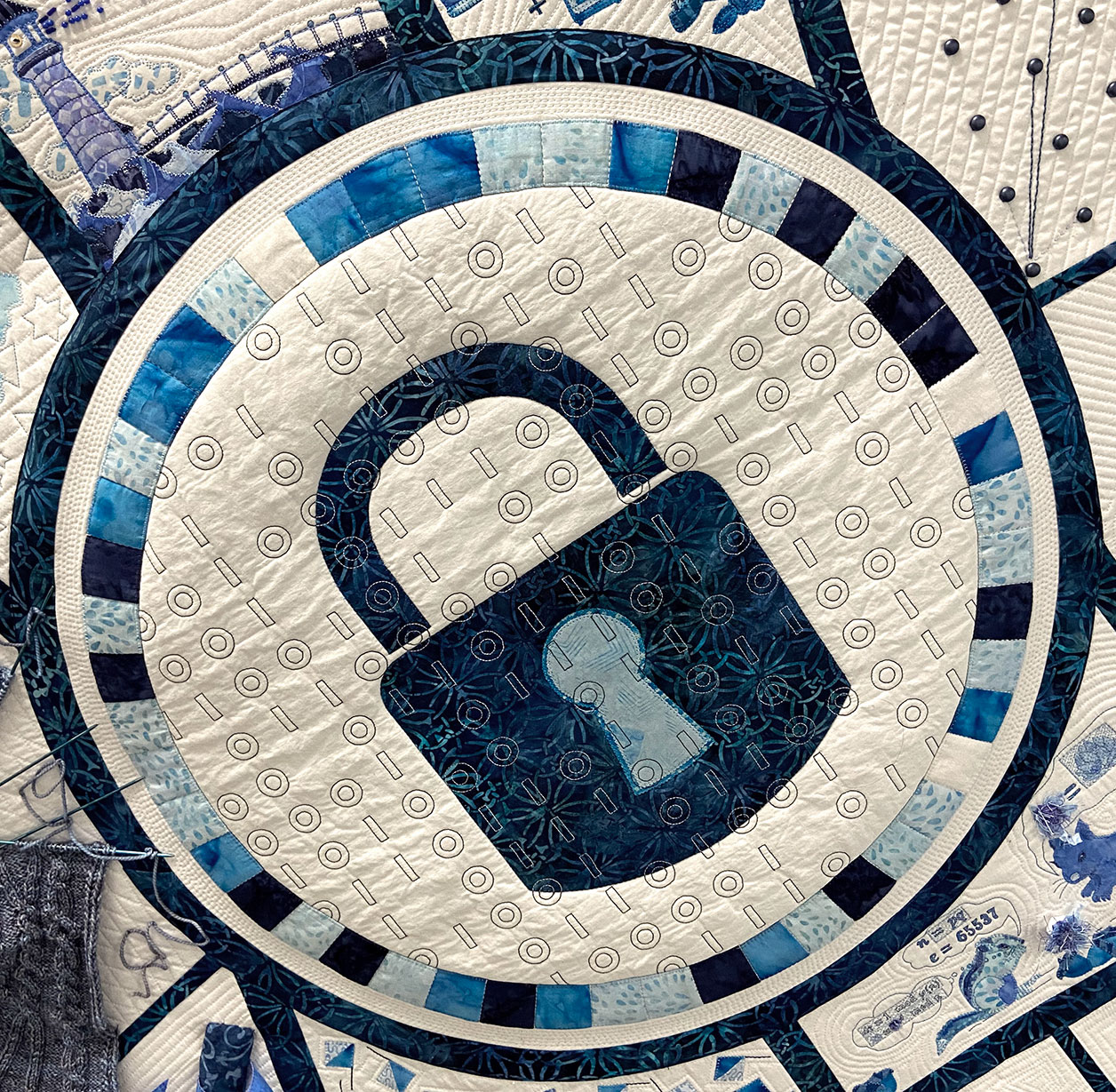Encryption is the process of encoding information to protect its confidentiality and integrity. While it is most commonly associated with modern computers and digital communications, encryption has been used since ancient times to conceal the true meaning of messages. For example, the tombs of ancient Egyptian kings contain encrypted messages that required special decryption keys to decipher. A famous historical instance of encryption is the Enigma code—a complex Nazi military cipher—that was famously cracked during World War II by Alan Turing, the pioneer of modern computing.
Today, encryption and decryption technologies play a critical role in computing, espionage, business, and everyday online communication. Below are several key applications and examples of encryption in use.
File Transfer Protocol
File Transfer Protocols (FTPs) are standardized rules that computers use to communicate and exchange files with servers. To protect data from cyberattacks and unauthorized access during transmission, encryption is employed to create secure “tunnels.” These encrypted tunnels ensure that only the intended server or computer can decrypt and access the files exchanged.
While traditional FTP dates back to the 1970s and lacks robust security features, newer protocols like SSH File Transfer Protocol (SFTP) have evolved to enhance security by adhering to the SSH 2.0 protocol standards. SFTP guarantees encrypted connections, improving the confidentiality and integrity of transferred files. For more technical details on these standards, visit https://www.goanywhere.com/managed-file-transfer/file-server/sftp-server.
Learn more about secure file transfers: The Differences Between a Mass and Group Text
Espionage
When discussing encryption in espionage, think of Alan Turing’s codebreaking rather than fictional spies like James Bond. One of the most significant covert operations involving encryption was conducted by the CIA through ownership of Crypto AG, a Swiss cryptography company.
Crypto AG supplied encryption machines to over 120 countries, many of which used the devices to secure their most sensitive communications. Unknown to these clients, the CIA secretly controlled Crypto AG, enabling American intelligence to decrypt and access a vast number of confidential messages. From the 1970s onward, this operation allowed U.S. intelligence to monitor both allies and adversaries by controlling their cryptographic equipment.
Data Storage
Data stored on local devices or remote servers is always at risk of being accessed unlawfully. Despite advances in cybersecurity, hackers continually develop new methods to breach systems. Encryption serves as a critical last line of defense by ensuring that even if data is stolen, it remains useless without the corresponding decryption key.
However, encryption can also be exploited by malicious actors. A notorious example is the WannaCry ransomware attack in 2017, where North Korean hackers encrypted data on infected computers and demanded ransom payments in exchange for decryption keys. This incident highlights the dual-edged nature of encryption technology in cybersecurity.
Instant Messaging
Privacy is increasingly fragile in the digital age, especially in instant messaging platforms where much personal communication occurs. Historically, many messaging services were vulnerable to interception by governments, hackers, and other malicious actors.
This vulnerability has led to widespread adoption of end-to-end encryption, which ensures that only the sender and recipient can read the message content. Popular platforms like WhatsApp use end-to-end encryption for messages; however, they still share metadata with parent companies such as Meta (formerly Facebook), which may raise privacy concerns. Other platforms, such as Telegram, claim to offer enhanced privacy features and stricter content confidentiality.
For more information about privacy and encryption in instant messaging, check out Simple Methods to Recover Data from Synology NAS. Explore our technology category for additional related resources.
Frequently Asked Questions (FAQs)
FTP is an older protocol for file transfer that lacks built-in encryption, making it vulnerable to interception. SFTP (SSH File Transfer Protocol) is a more secure protocol that encrypts both commands and data, providing safer file transfers.
End-to-end encryption ensures that messages are encrypted on the sender’s device and decrypted only on the recipient’s device, preventing third parties—including service providers—from accessing the message contents.
While encryption greatly enhances security, no system is completely hack-proof. Strong encryption methods paired with secure key management significantly reduce the risk of data breaches.
The CIA’s covert ownership of Crypto AG allowed U.S. intelligence to access secret communications from over 120 countries, providing critical geopolitical insights during the Cold War and beyond.
Use messaging services with strong, independently audited end-to-end encryption and minimal data sharing policies. Avoid platforms that share metadata with third parties or lack transparency about their encryption practices.



